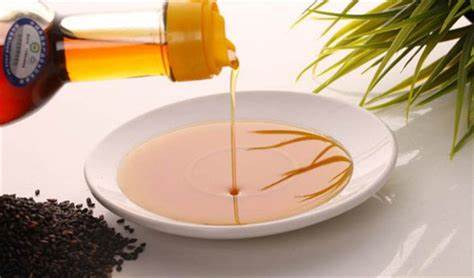
It is generally believed that palm oil originated in the tropical rain forests of West Africa. The main zone passes through Cameroon, Côte d’Ivoire, Ghana, Liberia, Nigeria, Sierra Leone, Togo, and Angola and Congo in the equatorial region at southern latitudes. The processing of oil palm fruit into edible oil has existed in Africa for thousands of years. The palm oil produced has color and fragrance, and is an important ingredient in the traditional cuisine of West Africa. The traditional process is simple, but cumbersome and inefficient.
Some palm fruits from the 14th to 17th centuries were brought to the Americas and the Far East. In the Far East, this plant seems to grow luxuriantly, thus providing the main commercial production cash crop and being far from the center of its origin.
Palm oil is rich in carotenoids, (the pigments are found in plants and animals), which derives its deep red color, and the main component of glycerolipids is saturated fatty acid palm, so even in tropical regions, it is still a viscous semi-solid . It is solid fat in temperate climates.
Due to its economic importance, it is a major source of high-yield edible oil and technical oil. Palm oil is now grown as a crop in most countries with high rainfall (low 1 600 mm/year) and located in the 10° equatorial tropics. Climate regions. Palm fruit bunches vary in weight from 10 to 40 kg. The single fruit is from 6 to 20 cm, composed of the outer skin (exocarp) and pulp (mesocarp) containing palm oil; the palm kernel in the center is composed of the shell (endocarp) and the inner core; and the inner core, which itself contains a kind of A different oil, similar to coconut oil.
Copyright © Henan Zhongxing Grain And Oil Machinery Co.,Ltd. All Rights Reserved. Powered by MetInfo